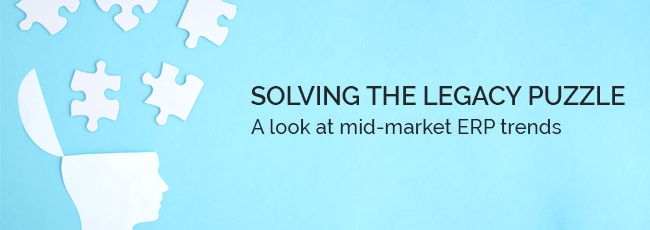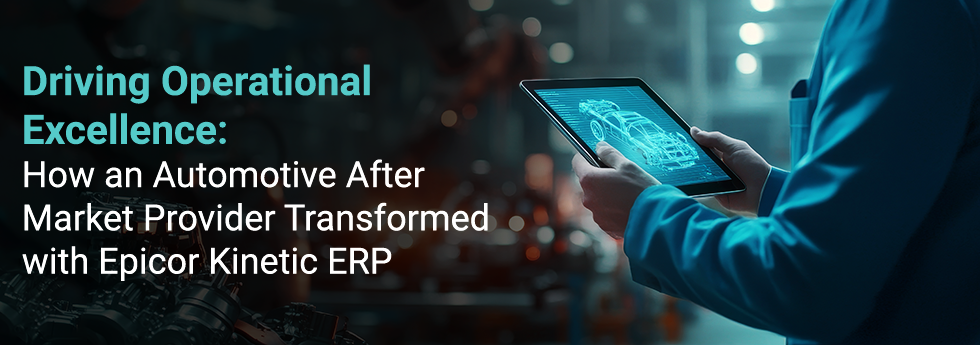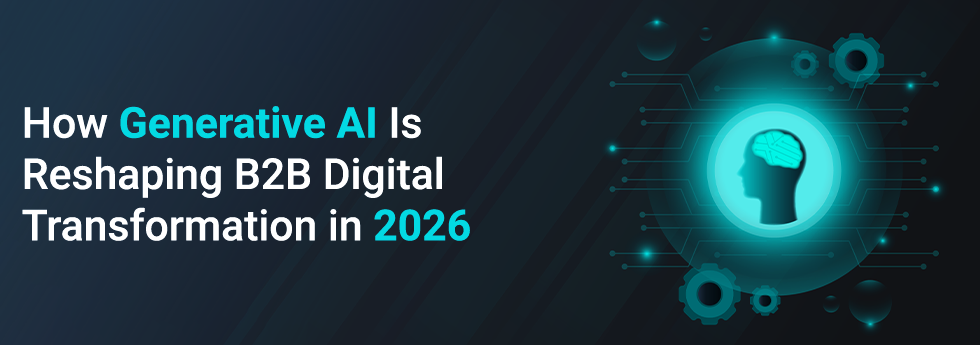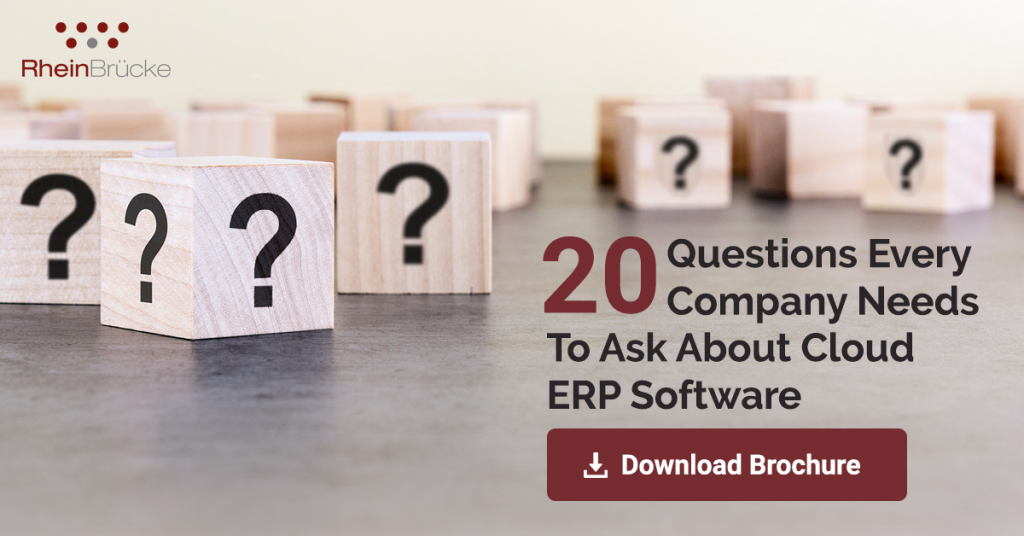
A legacy can be a boon or a bane. Legacy systems are like a comfort blanket. You know them like the back of your palm. There is a lot of familiarity built-in as well as a lot of customization to cater to various specific scenarios. Unfortunately, there can be a lot of challenges as well. ‘Legacy’ does involve systems slowing down or worse, a complete burnout. Additionally, there could be changing laws and business models or new requirements that the legacy system is either simply unable to address or involves huge change management and cost to address.
This blog is based on my experience in the last few years in serving mid-market companies. Prior to that, I was only involved in dealing with “large IT” – which means, IT for very large global enterprises. The approach to IT in these enterprises differ very significantly. Especially the approach to planning, financing, and executing ERP projects.
Large companies are very significantly invested in a combination of homegrown solutions and large ERP implementations, which are often very heavily customised. These enterprises will continue to be invested in these solutions, at least until the end-of-life of the product is in sight. Many times they would hang on to the ERP implementation well past that date as well since the cost of replacing these and managing the change is daunting.
Mid-market companies, especially the ones that have recently reached a significant size or global reach are usually not under such constraints. They can have a clean slate approach.
Two trends have an impact on the decisions that IT Managers are considering taking for their enterprise ERP roadmap. The first is that frugality and budget consciousness / avoiding large Capex has become a way of life and large complex IT projects are finding fewer backers within the decision-making community. The other key trend is to go for best of breed solutions. This requires more flexible and seamless integration with third party products and more recently, with Edge computing resources.
Even as recently as two years ago, a majority of these managers used to consider on-premise ERP as the way forward. Large ERP software was still grabbing significant mindshare. However, there has been a tectonic shift in the last few quarters. More and more customers, including some very conservative traditional enterprises, are also looking at a cloud-based ERP as their first option.
There are various reasons for this shift and cloud-based ERP has crossed an inflection point as a result.
- Significant investments made by all players in cloud infrastructure have resulted in predictable cost models, simplified IT management and maintenance, remote access, built-in security, and most importantly rapid deployment. According to SiliconANGLE, a modern data-driven digital media platform, Enterprise cloud spending is growing at a 16% CAGR between 2016 and 2026.
- Organizations want a faster ERP implementation cycle and are happier with lesser customization and a better alignment with the “best of breed” approach.
- Successful cloud deployments are on the rise, leading to greater awareness created even within the executive leadership of the organization.
All these factors lead to a greater acceptance of the business case for a cloud-based solution that is Opex driven, with lesser upfront costs.
There are other advantages as well. Modern businesses are leveraging cloud ERP systems that have a shorter implementation cycle and new releases and updates are quite often a relatively painless affair. Since these solutions take lesser time to implement, the ROI is also accelerated. Additionally, the IT infrastructure headaches such as managing uptime, storage, archival, patching, hardware obsolescence, etc. are no longer a big worry for the CIO.

![]()
Deployed on Cloud
Cloud ERP also supports platform-based applications by providing continuous improvements and upgrades and supports API development and integration, focusing on integration, analytics, and real-time application responses. It makes it easier for businesses to utilize existing platforms and add customizations at a low cost to the company than developing the program in-house.
There is also a convergence of the features offered in both on-premise and cloud ERP but you will find that organizations with more specific needs tend to lean towards an on-premise ERP than a cloud ERP as these systems offer more control over your enterprise businesses.
![]()
Combining traditional and digital
One way to overcome this specific requirement is to go for a hybrid approach, which gives enterprises the best of both worlds. An On-Premise ERP is hosted on the cloud, taking away all the Capex and Infrastructure related costs and moves the ERP into an Opex model. Additionally, strict limits can be applied on the customizations, thus enabling rapid deployment. I found this to be the favoured path for some of the bigger mid-sized or large enterprises that have complex operational processes and many existing systems and sites that need to be integrated.
![]()
The game changer: Industry 4.0
Integrating IoT Edge computing devices to your ERP is another requirement that is gaining traction, especially in Supply Chain, Logistics, Warehouse Management and Manufacturing. We have done such integrations at multiple Epicor implementations and we are seeing an increasing demand for this across our customers and prospects. This trend will only increase further as the ecosystem for Industry 4.0 matures further in the near future.
Click here to know more about what is Industry 4.0?
![]()
The Two-Tier approach
A highly successful, relatively frugal approach is a Two-Tier ERP strategy that has been adopted by some of our customers. Global consolidation at the HQ is done using a Tier 1 ERP and the regional operations, subsidiaries implement a Tier 2 ERP. This hub and spoke model ensures that existing investments in the HQ are protected and the complex business reporting is managed efficiently. At the same time, the time and cost investments at all other locations is reduced and this makes the business case for global ERP rollout much more viable.
![]()
Boosting collaboration in business
Social ERP is another trend that has started picking up now. Though ERP vendors have been offering a Social connect for some time now, in the recent past Social Enterprise has started gaining traction in the mid-market space as well. We are also seeing situations where organisations are improving collaboration with customers and suppliers at a transactional level in the ERP. An example of this is Epicor Social.
![]()
Aligning compliance with business objectives
Compliance throws up new challenges from time to time and the ERP system you choose should be capable of handling evolving needs. For example, GDPR compliance is a mandatory requirement if you have any European Union presence.
Broadly the trend is for more rapid deployments and greater integration with third-party systems, especially devices. This is driving mid-market enterprises to look beyond traditional long-drawn ERP projects. We see these trends accelerating further in the near future and any ERP vendor not factoring this change in approach would find the mid-market a challenging one to crack.
Click here to know more about mid-market ERPs




